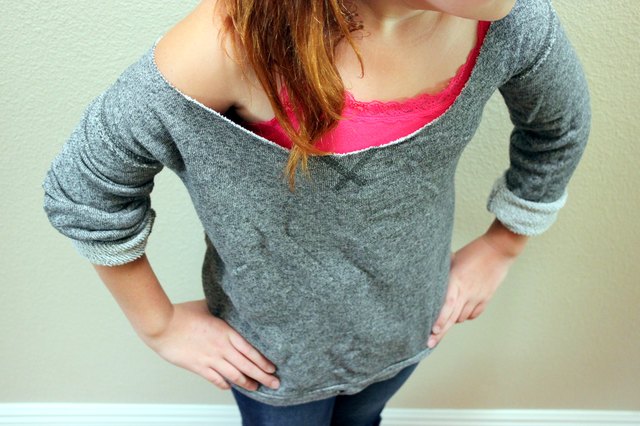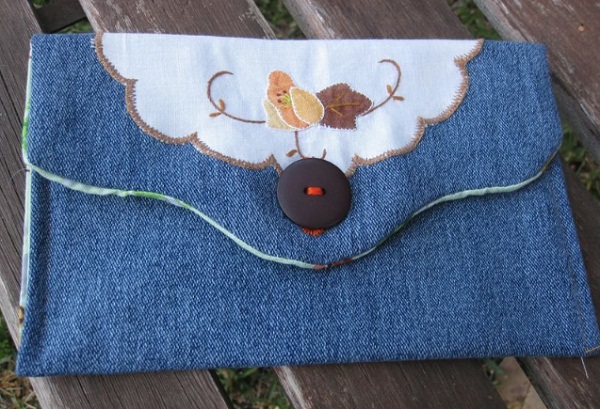Nearly fifty years ago, a couple of Canadian kids with no money stood in front of a minister and said, “I do.” We needed household furnishings to set up for our first apartment together. We only had one part-time job, no credit card, no line of credit, and no Mommy and Daddy bank. This forced us to be very resourceful. Think…..curbside shopping for example.
My wife and I came from accounting backgrounds.
The mind and the ways of the accountants are very different from that of our friends’ parents. Going to the store to purchase a Popsicle at the age of seven was different than other families. When I got home from the store, my Dad would ask “Where’s the receipt?” This was my conditioning; my way of life. Money was not to be wasted. When added to our poor economic conditions, we had to become very resourceful. Being in debt when we got married was not an option. Luckily the woman I married was also schooled in the same mantra of no debt.
As a city dweller, I had advantages.
Every garbage day homeowners could put out furniture, boxes of used dishes, and other unwanted items they didn’t use or need. I thought it was wasteful and unnecessary that these items went to the dump; a nicer term for landfill site. Our engagement turned out to be a year and a half long, so this gave us plenty of time to collect items for our first apartment. I called this CURBSIDE SHOPPING. My fiancée and I at the time did not have a car so we walked, rode our bicycles or took the bus. As we walked up and down the streets, my then fiancée and I discussed our future together, buying house wares, and setting up a home together. On the occasion that we were lucky to have a ride, I always had my eyes peeled for “free bargains.”
I recall on one occasion when we would be traveling around town with our friends that had a car, I suddenly yelled out, “STOP!” There at the curbside was a solid side chair with a bag of garbage on the seat. “Back up,” I demanded. “What for?” said the driver. “I saw a chair,” I quickly replied.
“I’m not stopping for a dirty old chair.” was the reply.
“Then let me out,” I demanded. The driver backed up about three or four houses away. I got out and examined my new find. The chair looked much neglected and had a small slanted back with right and left arms that curved around to the front. The horizontal spindle of the right arm had broken off. The upholstery on the seat was ripped and of the dark brown type of material that feels like a hairbrush if you sit on it. I saw potential. I loaded it into our friend’s car and we sped off. My future in-laws basement had became our storage area #1 for our new found treasures.
Another time my fiancée and I were out on garbage night browsing, when I spotted a large wooden spool. This was the kind of spool that the hydro company had left behind when they were replacing overhead wiring. It was made of rough, hardwood, loaded with knots, but very solid. After using some of my father’s left over stain, and then a liquid varathane, the spool was transformed into a spectacular coffee table. Soon, the curbside treasures brought back to our #1 storage area, was starting to fill up. This prompted us to expand to storage area #2 in my parent’s basement.
Curbside finds bring many unlikely but useful items into your household.
I found a box of material that had upholstery weight and light textile weight fabrics as well as sewing notions. I had acquired an old bundle buggy for a carrier to transport my finds.
(You guessed it; it was free at the curb) When I got home and went through the box of materials, on the bottom were several women’s long evening gowns from many years gone by. In our first apartment, my wife and I used this flowing gown material as drapes. We had stylish and elegant green taffeta window coverings for one set of windows. Another long gown, we used the material to reupholster four dining room chairs in gold velvet. The last gown material of blue velvet was used for the chair which I had taken both arms off and reconditioned as a beautiful, armless side chair. The cost was zero.
If you can wrap a gift, then you can upholster a chair!
You get all kinds of “great stuff” at the curbside. I found out that what people throw out can be very unique and sometimes bizarre. On one of my free shopping trips, I found a box of new, sealed, unopened jars of poultry seasoning. 144 jars to exact. I scooped these jars up so that they could be used as “traders” in the future. My traders brought me a new blender.
As the storage areas #1 and #2 filled up, my fiancées parents wanted us to start our new life with a “new couch” for our first apartment. They gave us $200 cash which at the time was a lot of money and could purchase a very plush stylish piece of furniture.
We walked downtown with money in hand to pick up our first piece of new furniture together. We thought we were rich! Fortunately for us, and unfortunately for the parents, we passed a second-hand shop at the first intersection. I spied two blocks before we went in the store an old chair that had been put outside the store on the curb. Inside the store window was a very old loveseat (Queen Anne style I was told) with all 35 of the springs almost touching the floor. The store wanted $25.00 for the item. It was a real hardship for me to part with the money that we had in our hands, but we knew the loveseat could be transformed. We bought the loveseat, and also took the old chair at the curb. From the $200.00 cash, we had $175.00 left which we used to buy a new bed and box spring. The rest of the items in our apartment including lamps, tables, carpets, pots and pans, kitchen accessories, pictures, bedroom furniture, kitchen table and chairs, were all found free at the curbside.
Hats off to my wonderful father-in-law who many a time was called to bring his car to transport a second-hand loveseat and chair, or other curbside shopping items to our storage areas in our parent’s homes. This “father” never asked me for a receipt. For the Silo, Blair R. Yager.
Supplemental- Garbagefinds.com



 This material is soft, and easy to sew together in new combinations- injecting creativity into a new favorite sweatshirt .
This material is soft, and easy to sew together in new combinations- injecting creativity into a new favorite sweatshirt .

